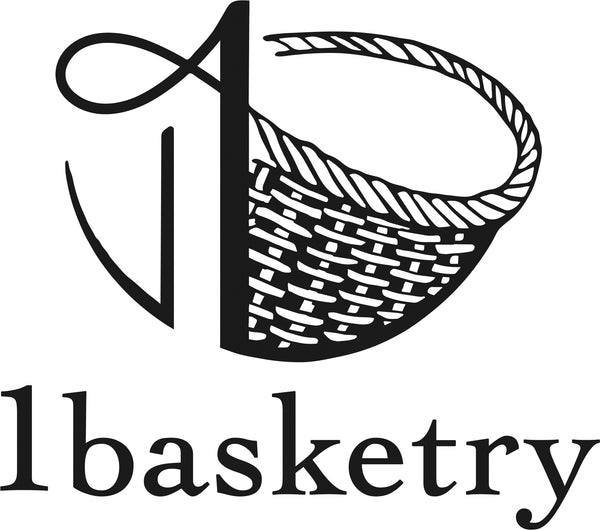Thailand – Visiting the Village of Krajood (Part 3)
Hello, this is Tomotake Ichikawa, the owner of the store.
We are currently holding a special exhibition at our physical store:
Krajood & Rattan Baskets from Thailand
– Gentle Order, Inner Calm
On view through Sunday, April 27.
We would be delighted if you could stop by.
We look forward to welcoming you in person.
You can also enjoy and purchase our Krajood basket collection
through our official online store and Rakuten shop.
We hope you’ll take a look.
Thank you for your continued support.


Now then, here is a continuation of our previous column.
A few hours’ drive from a regional airport in southern Thailand—
with a few enjoyable stops along the way—we finally arrived at the Krajood village.
After greeting the local basket makers,
we were promptly taken to the area where the water grass known as Krajood grows.
There, we found ourselves surrounded by vast wetlands stretching as far as the eye could see.
-

Scattered throughout the wetlands were patches of grasses and plants. -

The surface of the swamp water was clear, and there was no noticeable smell at all. -

These slender, needle-like grasses standing tall—this is the very “Krajood”! -

If you take a closer look at the tips of the Krajood grass, you’ll notice something like small brown flowers or seed heads—resembling the rounded flower clusters seen on green onions.

-

Several stalks grow from a shared root, forming clumps as they grow naturally in the wild. -

Freshly harvested Krajood has a vibrant light green color. The brown areas appeared to be parts where the outer skin was still attached. -

After being harvested from the swamp, the Krajood is soaked in mud and then bundled together like this. -

After letting the bundles rest for a while and allowing some of the moisture to drain off here, -

the next step is sun-drying, depending on the weather. Fortunately, it was sunny that day, so we were able to see the Krajood being laid out to dry under the sun. -

When you look at each stalk closely, you can see that it is coated with a layer of mud. -

This coating helps prevent excessive drying, protecting the Krajood from cracking or breaking. -

On clear, sunny days, they make the most of the sunlight to speed up the drying process all at once.


It became clear that many households in this Krajood village are involved in basket making.
As a part of daily life and a part of the village itself, Krajood is firmly rooted in the community.
I was deeply moved—both by the material called Krajood, and by the sense of community in the village.

After being shown the wetlands, the Krajood plants, and scenes of village life,
we visited Ms. N’s home, where her family had kindly prepared lunch for us.
It looked absolutely delicious!
There was deep-fried river fish seasoned with spices,
a hot and sour Tom Yum Kung soup with vegetables and shrimp,
and even fresh mandarins and longan fruit!
Spicy—so spicy! But so good! (Repeated several times)
It was a perfect harmony of heat, sourness, and flavor—
something you rarely get to experience in Japan.
In the next installment, I’d like to share how Krajood baskets are made.
To be continued
Tomotake

▽
“The One Table” Exhibition
Krajood & Rattan Baskets from Thailand
– Gentle Order, Inner Calm –
April 2025
10 (Thu), 11 (Fri), 12 (Sat)
17 (Thu), 18 (Fri), 19 (Sat)
24 (Thu), 25 (Fri), 26 (Sat), 27 (Sun)
Open: 11:00–16:00
Physical Store: 1basketry, Minami-Senju, Tokyo. Access
▽▼
Alongside our long-standing selection of “Krajood” (water grass) baskets—well-loved as staples at our shop—this special exhibition also features, for the first time, a collection of “Rattan” baskets.
Materials used for basketry like Krajood are known for their natural suppleness.
When that supple Krajood is tightly woven, it gains strength—making it ideal for everyday use.
With a wide range of styles and sizes, Krajood baskets offer variety and versatility.
They’re light, easy to handle, and reasonably priced—qualities that have made them a favorite among our customers.
The Krajood baskets we carry are crafted by skilled artisans and carefully inspected by hand to ensure high quality.
They’re finished in a simple, natural style that harmonizes beautifully with everyday life in Japan—allowing the texture of the material to shine through.
We warmly invite you to take a look.




